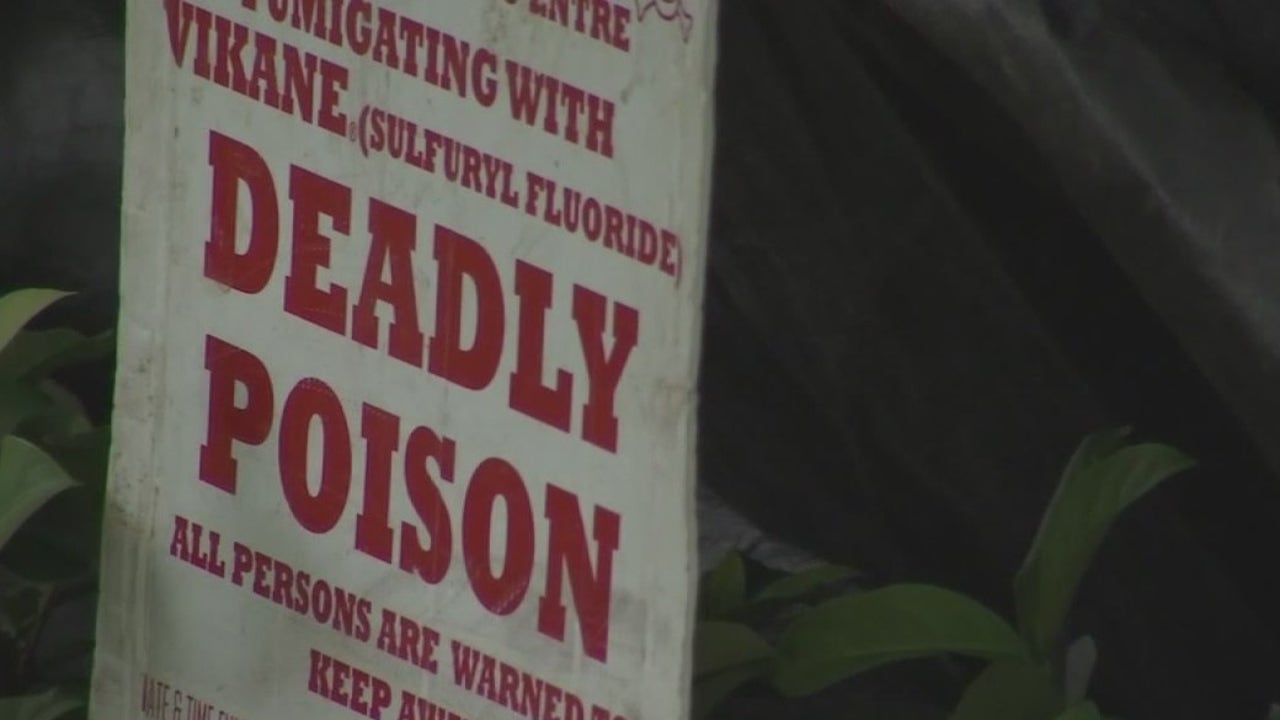I know what you’re thinking, but no, “lasagna gardening” has nothing to do with making lasagna. It’s a gardening technique that high-nutrient-consuming plants like tomatoes will love, but that’s not why it’s named for the pasta dish.
Lasagna gardening, also known as leaf mulching, is a horticultural method that allows you to create vegetable beds in your yard. As with the pasta dish, layers are made from organic materials that decompose into a garden bed. These organic materials are then “cooked” over time by the heat generated in the soil.
Why should you try?
You should consider lasagna gardeners if you have cardboard, newspapers, plant scraps, kitchen scraps, or other fully biodegradable materials lying around in your home. Instead of sending these items to landfill, you can use them as layering material for your plant beds.
There are two types of layers in a lasagna garden: a brown layer and a green layer. With the goal of providing carbon to your garden, brown layers include newspaper, cardboard, dry leaves, and peat. An article by The Spruce states that “Cardboard or newspaper makes an excellent bottom layer because it suffocates grass and weeds in the garden bed.”
Green layers meanwhile have the task of providing nitrogen. The materials you can use for this are compostable kitchen waste and plant scraps.
Lasagna gardening is very low maintenance – you don’t have to worry about digging or tilling the ground once you’ve set it up. It just takes time and effort building plant beds and organizing materials for them, as you need to make sure that whatever you use is non-toxic and compostable. Never use materials with traces of harmful dyes, petroleum, polymers, and plastics as these can contaminate your garden.
The low maintenance requirements make lasagna gardening preferable for novice gardeners and busy plant parents. However, since you will have to wait for the layer materials to decompose before you can start planting, this is not a method for those who want instant harvests.
How do you do one?
First, build a boundary for your garden bed using hard materials such as wood or stones. You will need this to hold the layers of organic materials in your lasagna garden in place while they decompose.
Next, create your layers. As mentioned above, it is preferable to start with a cardboard box or newspaper pad. Water this layer until it is completely soaked in order to create a moist environment that will help decompose and attract earthworms. Make another layer with small twigs and branches before stacking the “green layer” materials. Put dried leaves or straw on top and repeat the process, alternating brown and green layers. Build up layers until you are satisfied or your plant bed is full. Don’t forget to water each layer before stacking a new one on top so that the materials decompose efficiently.
After that, all you have to do is wait for the lasagna garden to “boil” and decompose. Once it does, you will find that the bed is shrinking because the materials have broken down. You can add more layers if you want, as long as the same process is described above.
You can start planting your lasagna garden bed as soon as the materials have decomposed and the soil has loosened. This usually takes months, so be patient.
This article was first published on nolisoli.ph







